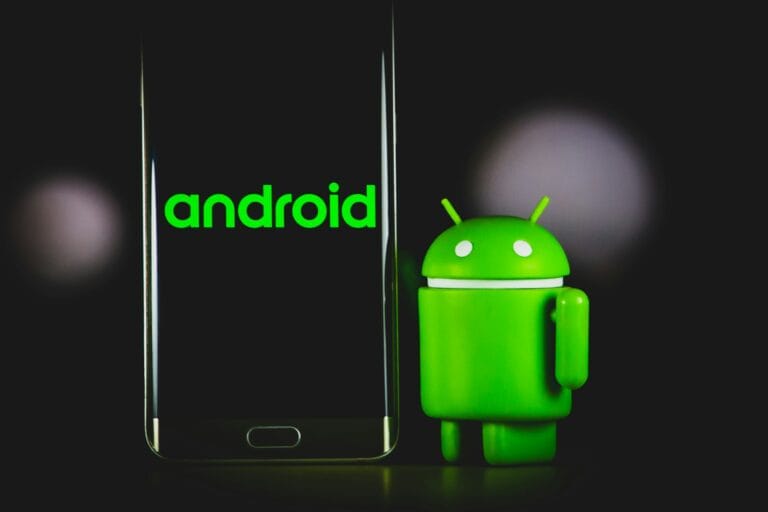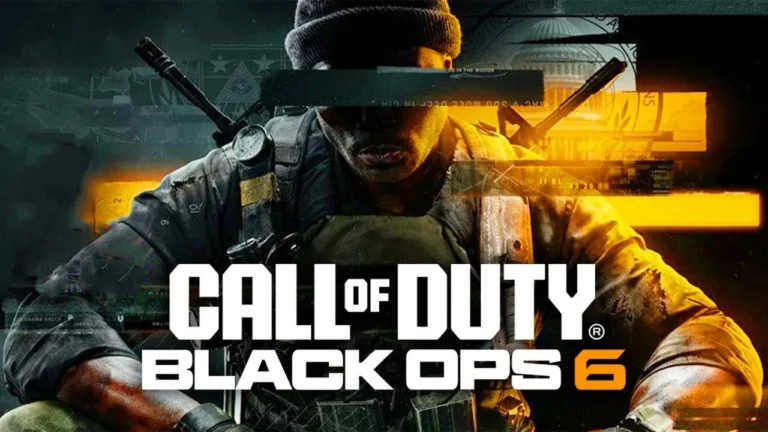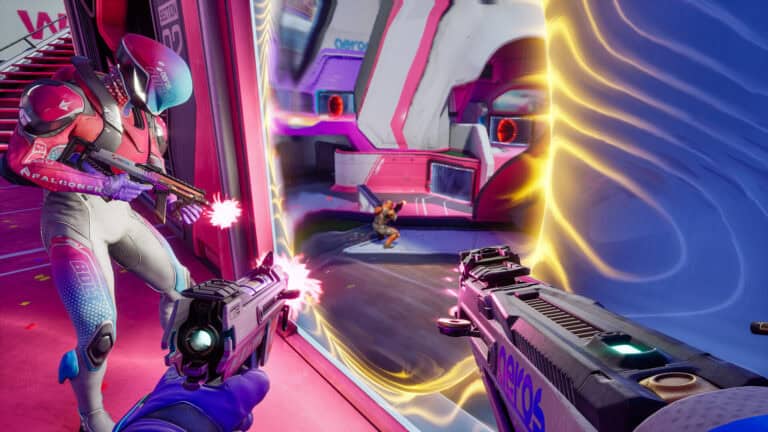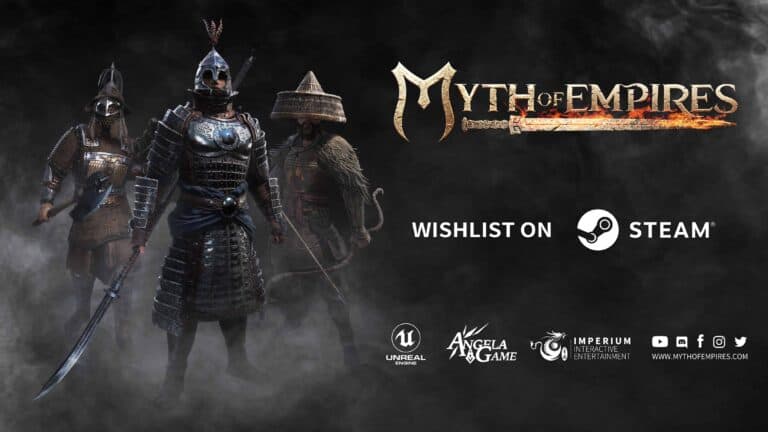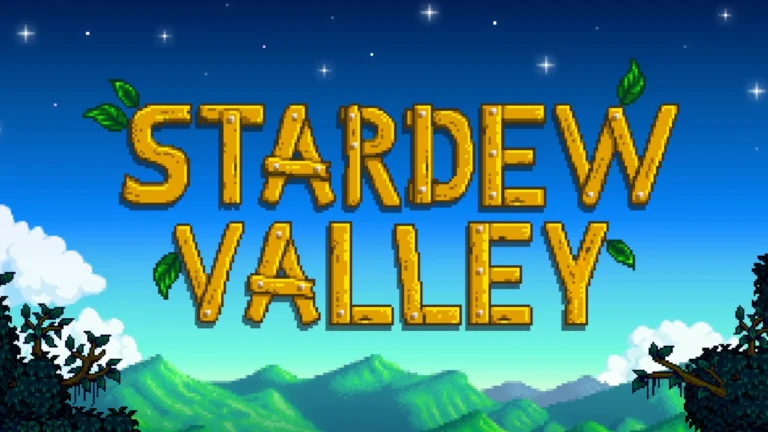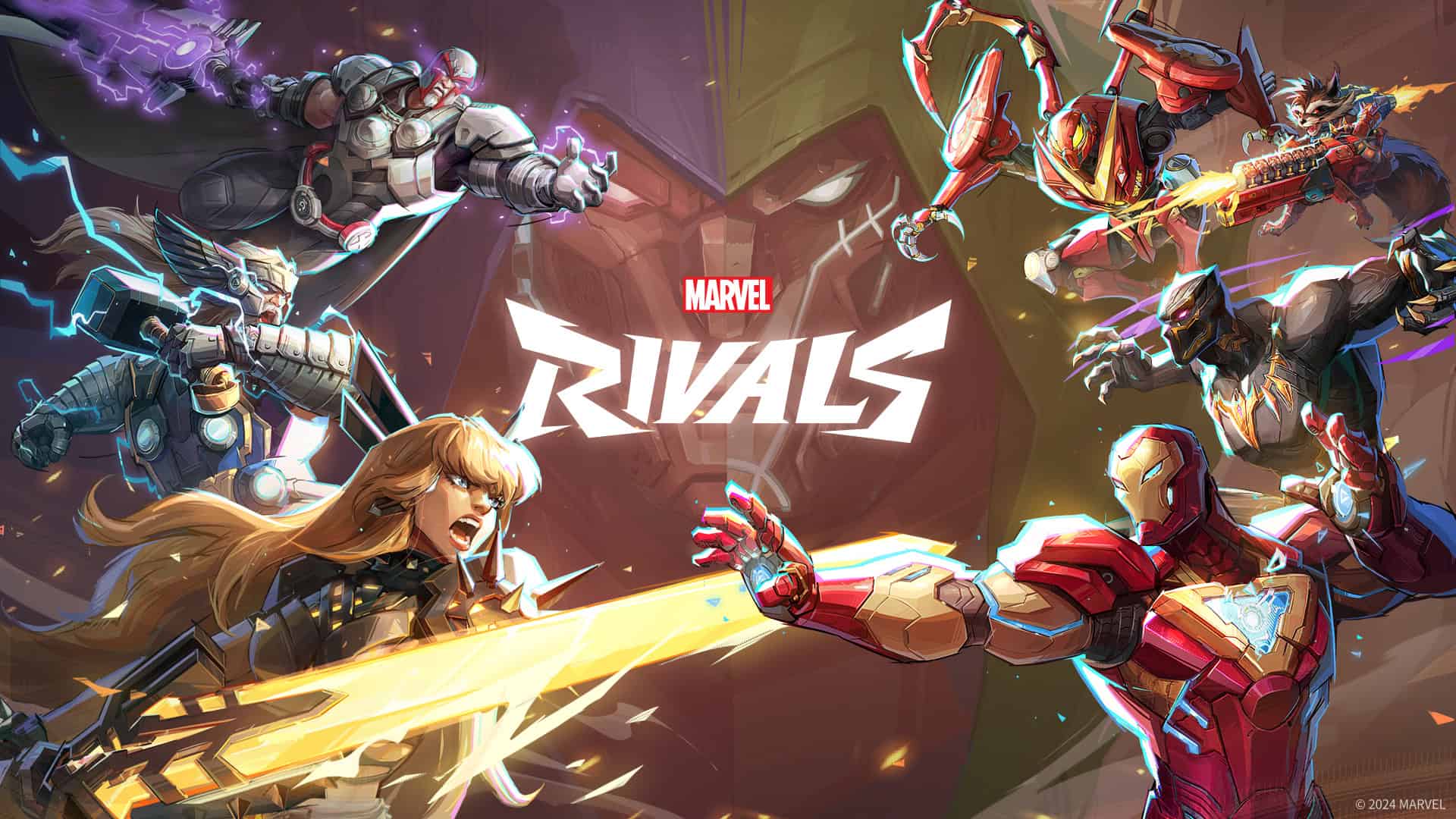
Marvel Rivals, the new hero-based shooter that was released on December 6, 2024, has made a big splash on Twitch. And this splash is coming at the expensive of the game that is mose similar to it (and used to be the king) Overwatch 2. And people at Blizzard are likely concerned given that Overwatch 2 has been a cash cow for them ever since it came out in 2022. This sudden surge in popularity has raised questions about Overwatch 2’s future in the competitive gaming scene.
The comparison between Marvel Rivals and Overwatch 2 has sparked debate among players and industry experts. Some view Marvel Rivals as a fresh take on the hero shooter genre, while others criticize it as a copycat lacking originality. Former Blizzard President Mike Ybarra even accused Marvel Rivals of copying Overwatch 2 character designs.
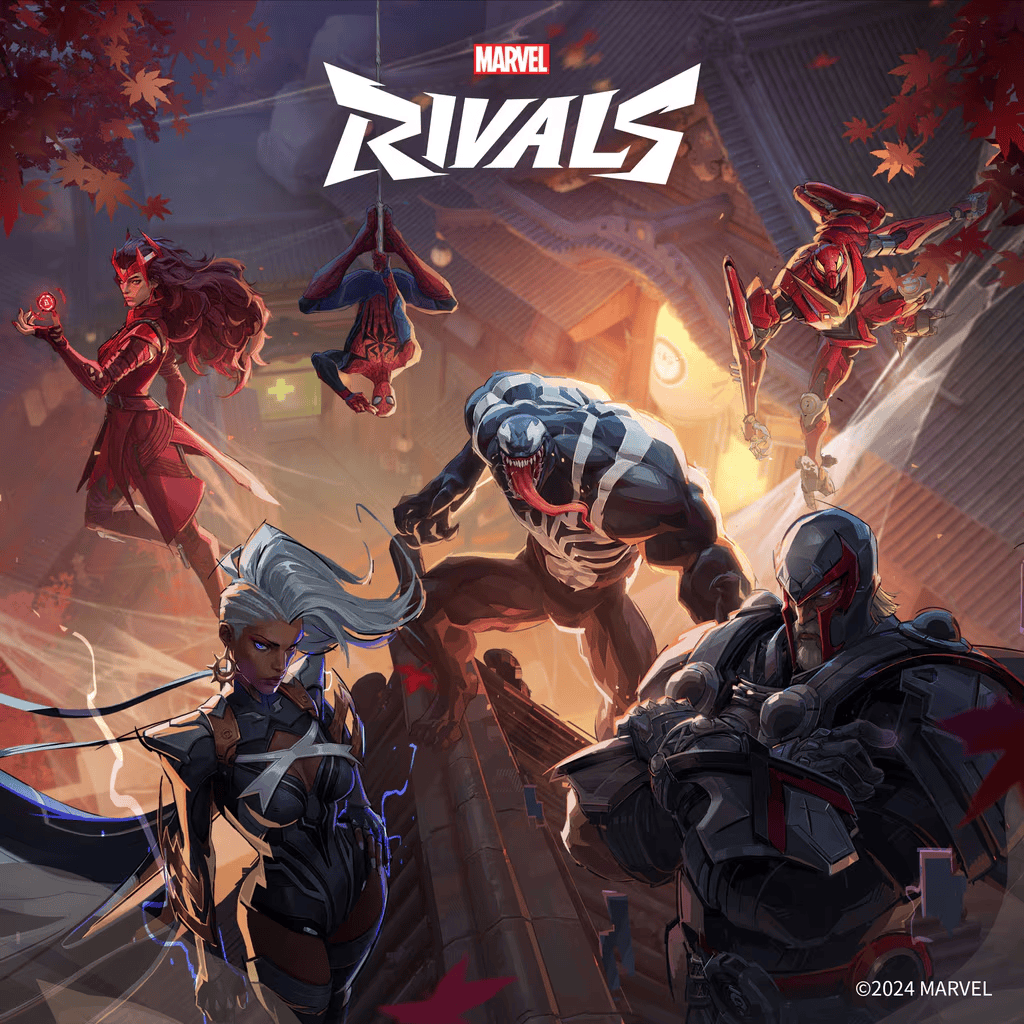
Despite mixed opinions, Marvel Rivals’ initial success on Twitch cannot be ignored. The game’s ability to draw such a large audience during its closed alpha suggests strong potential for growth in the streaming and esports markets. This early triumph may force Overwatch 2 to adapt and innovate to maintain its player base and viewership.
The Shifting Sands of Twitch: A Look at Hero Shooter Viewership
Marvel Rivals’ Impact on Overwatch 2’s Twitch Presence
Marvel Rivals has made a big splash on Twitch, and it looks like it’s taking a chunk of viewers away from Overwatch 2. Recent data shows a clear shift in viewership between the two hero shooters. This isn’t just about a few viewers here and there—we’re seeing significant changes in who’s watching what.
Numbers Don’t Lie: Comparing Viewership
Let’s look at some specific numbers. According to TwitchTracker, in late December 2024 and early January 2025, Marvel Rivals often held a substantial lead in concurrent viewers. For example, during some peak times, Marvel Rivals boasted over 80,000 viewers, while Overwatch 2 struggled to maintain 20,000. This pattern repeated across multiple days, showing a consistent trend. This difference isn’t just about peak times either. Average viewership over several days also favors Marvel Rivals, sometimes by a factor of four or more. This tells us more people are not only tuning in but sticking around to watch.
Why the Shift? Factors at Play
Several things could explain this change. First, Marvel Rivals is the new kid on the block. It’s fresh, exciting, and offers a different take on the hero shooter genre. People are naturally curious. Second, big-name streamers have jumped on the Marvel Rivals bandwagon. When popular streamers switch games, their audience usually follows. This creates a snowball effect, bringing even more viewers to the new game. Finally, Marvel Rivals has some unique gameplay mechanics such as character bans that differentiate it from Overwatch 2, which may appeal to viewers seeking a different experience.
The Streamer Effect: A Closer Look
Streamers play a huge part in Twitch viewership. When a popular streamer switches games, it can have a big impact. Several prominent Overwatch 2 streamers have started playing Marvel Rivals, and their viewership numbers reflect this shift. Some streamers have seen their audience double or even triple after making the switch. This shows how important streamer influence is on Twitch. It also shows that Marvel Rivals is a game that is entertaining to watch. This has a knock-on effect as more viewers are exposed to the game.

Viewership Data Comparison
| Game | Recent Peak Viewership (Approximate) | General Viewership Trend (Late Dec 2024/ Early Jan 2025) |
|---|---|---|
| Marvel Rivals | 80,000+ | Consistently higher than Overwatch 2 |
| Overwatch 2 | Under 20,000 (often significantly lower) | Lower and more fluctuating |
This data, gathered from TwitchTracker and other public sources, shows a clear difference in viewership between the two games. While these numbers are snapshots in time and can change, they do highlight a current trend.
Marvel Rivals vs. Overwatch 2: By The Numbers
Here’s some of what we’ve found as far as comparisons from various sources:
- Direct Comparison: One user on the Overwatch forums noted a snapshot in time where Marvel Rivals had 60,000 viewers on Twitch, placing it in the top 6, while Overwatch 2 had only 14,000 viewers, placing it at number 27. This shows a significant difference in viewership at that specific moment.
- Average Viewership: Gamerant reported that in the last 7 days, Overwatch 2’s average viewership was around 15,000, while Marvel Rivals averaged 84,000. This indicates a substantial difference in sustained interest over a longer period.
- Peak Viewership Drop: Streamscharts data cited by Gamerant shows a decline in Overwatch 2’s peak viewership from 125,000 to 64,000 between November and December 2024. While this doesn’t directly correlate to Marvel Rivals’ release, it suggests a downward trend in Overwatch 2’s popularity.
- Streamer Impact: The same Gamerant article highlights how some streamers have seen significant viewership increases after switching from Overwatch 2 to Marvel Rivals. For example, one streamer’s peak viewership jumped from 3,400 to 20,000 after streaming Marvel Rivals.
These numbers, while not exhaustive, provide concrete evidence to support the claim that Marvel Rivals is impacting Overwatch 2’s Twitch viewership. It’s important to note that these numbers can fluctuate, and it’s still early to draw definitive conclusions about long-term trends. However, the data clearly shows a significant shift in viewer attention towards Marvel Rivals.
Key Takeaways
- Marvel Rivals’ Twitch debut outperformed Overwatch 2 in viewership
- The new game has received mixed reactions from players and industry figures
- Marvel Rivals shows potential to shake up the hero shooter market and streaming landscape
Marvel Rivals: A New Challenger Enters the Arena
The online gaming landscape is always changing, with new titles emerging and existing games evolving. Recently, Marvel Rivals, a new hero shooter, has gained attention on Twitch, impacting the viewership of Overwatch 2. This shift highlights the changing dynamics in the hero shooter genre and audience preferences.
Marvel Rivals emerges as a formidable competitor in the hero shooter genre. This free-to-play game brings iconic Marvel characters to life in a team-based PVP setting.
Marvel Rivals vs. Overwatch 2: Comparing the Titans
Marvel Rivals and Overwatch 2 share similarities as team-based hero shooters. Both games feature diverse rosters of characters with unique abilities. Marvel Rivals offers all heroes for free at launch, while Overwatch 2 requires unlocking some through gameplay or purchase.
The Marvel universe provides a rich backdrop for Marvel Rivals. Players can choose from popular heroes like Iron Man and the Fantastic Four. Overwatch 2 relies on its own original cast of characters.
Team compositions in Marvel Rivals focus on superhero synergies. Overwatch 2 emphasizes traditional roles like tank, damage, and support. This difference may appeal to fans of Marvel comics seeking familiar character interactions.
Gameplay Mechanics and Unique Features
Marvel Rivals introduces superhero-specific gameplay mechanics. Characters can combine their powers for devastating effects. For example, Iron Man might amplify another hero’s energy-based attack.
The game emphasizes teamwork through these power combinations. Players must coordinate to maximize their effectiveness on the battlefield. This adds a layer of strategy beyond individual skill.
Progression in Marvel Rivals centers on mastering each hero’s abilities. Players can unlock new ways to use powers as they gain experience. This system encourages experimentation with different characters and team compositions.
Map design in Marvel Rivals incorporates iconic Marvel locations. This attention to detail immerses players in the superhero world. It contrasts with Overwatch 2’s fictional but original settings.
Marvel Rivals’ Market Impact: Player Reception and Feedback
Marvel Rivals has quickly gained traction in the competitive gaming scene. Players have flocked to the game, drawn by its fair monetization and engaging gameplay.
Player Count and Community Response
Marvel Rivals has seen a massive surge in player numbers since its launch. The game has outperformed expectations, attracting a large player base despite competition from established titles. Steam reviews show a 75.14% positive rating, indicating strong player satisfaction.
The game’s success can be attributed to several factors. Players appreciate the fair monetization model, which stands in contrast to criticisms of Overwatch 2’s approach. The timing of the release also worked in Marvel Rivals’ favor, as it managed to capture attention despite coinciding with updates to other popular games.
Community forums buzz with excitement about Marvel Rivals. Many players praise the game’s balance and hero roster. The positive reception has created a snowball effect, attracting more players through word-of-mouth recommendations.
The Role of Feedback in Shaping Future Patches
The developers of Marvel Rivals have shown a commitment to player feedback. They actively monitor community discussions and respond to concerns quickly. This approach has helped build trust with the player base.
Recent patches have addressed issues raised by the community. These updates have improved game balance, fixed bugs, and added quality-of-life features. The dev team’s responsiveness has been well-received, with players feeling their voices are heard.
Future patches are expected to continue this trend. The developers have hinted at upcoming content based on popular requests. This player-centric approach sets Marvel Rivals apart from competitors and may contribute to its long-term success.
Monetization Strategies in Marvel Rivals
Marvel Rivals employs a free-to-play model with various monetization tactics. The game offers players both free and premium content options to customize their experience.
The Economics of Free-to-Play Models
Marvel Rivals follows the popular free-to-play model. This approach allows players to download and enjoy the game without an upfront cost. The game generates revenue through in-game purchases.
Players can buy cosmetic items like skins and emotes. These do not affect gameplay but allow for personalization. The game also offers a battle pass system. This provides additional rewards for a set price.
Marvel Rivals uses two main currencies: blue coins and yellow coins. Blue coins are used for store purchases. Yellow coins unlock the premium battle pass.
Customization and Player Investment
Character customization is a key aspect of Marvel Rivals’ monetization strategy. The game offers a wide range of skins for its heroes. These skins change the appearance of characters without altering their abilities.
The battle pass is a central feature of the game’s progression system. It provides both free and premium rewards. Players earn Chrono Tokens by completing achievements and playing matches. These tokens mark battle pass progress.
Unlike many games, Marvel Rivals’ battle pass does not expire. This gives players more time to earn rewards. The game also allows grinding for premium currency through in-game quests. This provides a free path to premium skins for dedicated players.
Streaming and Esports Prospects
Marvel Rivals has made a strong debut on Twitch, capturing significant viewer attention. The game reached the 11th spot with 48,400 viewers, surpassing Overwatch 2’s 16th place showing of 31,100 viewers.
This early success hints at Marvel Rivals’ potential in the streaming sphere. Many Overwatch 2 streamers have already begun experimenting with the new title, indicating growing interest among content creators.
The game’s popularity extends beyond casual streams. In its first week, Marvel Rivals averaged 4,700 live streaming channels, a remarkable figure for a new release. This widespread adoption by streamers suggests a promising foundation for future growth.
Esports possibilities are also emerging for Marvel Rivals. The game’s fast-paced gameplay and hero-based structure align well with competitive formats. Its 6v6 team composition and emphasis on mobility create exciting spectator experiences.
Player skill transfer from Overwatch 2 to Marvel Rivals appears smooth. One Overwatch streamer achieved a 210-kill streak, demonstrating the game’s accessibility to experienced hero shooter players.
Key factors for Marvel Rivals’ esports development:
- Viewer engagement on Twitch
- Adoption by established streamers
- Potential for exciting competitive matches
- Skill transfer from similar games
As Marvel Rivals continues to gain traction, its position in both streaming and esports spaces will likely solidify further.
Frequently Asked Questions
Marvel Rivals has made a significant impact in the gaming world, sparking curiosity among players and fans alike. Here are answers to some of the most common questions about this new superhero shooter.
What gameplay mechanics differentiate Marvel Rivals from Overwatch 2?
Marvel Rivals introduces unique Team-Up skills that allow players to combine hero powers for strategic advantages. The game features destructible environments, adding a dynamic element to battles. Character abilities draw heavily from Marvel lore, creating a distinct superhero feel.
How has Marvel Rivals’ launch impacted the Twitch streaming community?
Marvel Rivals has seen impressive viewer numbers on Twitch, often surpassing Overwatch 2. The game’s launch attracted many popular streamers, boosting its visibility. Twitch drops for in-game rewards have further increased viewer engagement and streaming hours.
Can you detail the character roster available at launch for Marvel Rivals?
The launch roster includes iconic Marvel heroes and villains. Players can choose from characters like Iron Man, Spider-Man, Captain America, and Black Widow. The game also features lesser-known characters, offering a diverse selection for various playstyles.
What monetization strategies are employed by Marvel Rivals?
Marvel Rivals uses a free-to-play model with in-game purchases. Players can buy cosmetic items like skins and emotes. The game offers a battle pass system for additional rewards. Character unlocks can be earned through gameplay or purchased directly.
What are the system requirements to run Marvel Rivals on PC?
Marvel Rivals requires a moderately powerful PC to run smoothly. The game needs at least 8GB of RAM and a dedicated graphics card. Specific CPU and GPU requirements vary based on desired graphical settings. An internet connection is necessary for online play.
How does Marvel Rivals incorporate community feedback into its game development?
The developers actively monitor player feedback on forums and social media. Regular patches address bugs and balance issues reported by the community. The team hosts Q&A sessions to discuss future updates and features. Player data is analyzed to inform character adjustments and gameplay tweaks.

